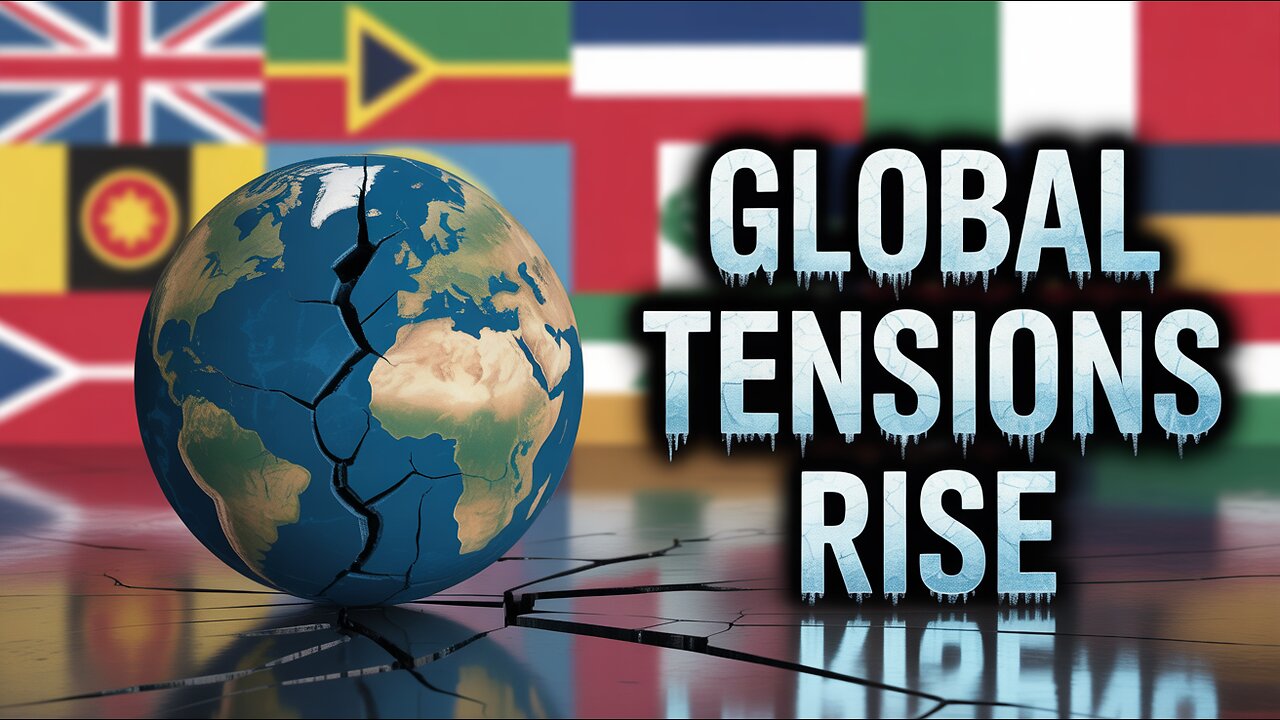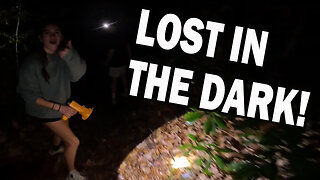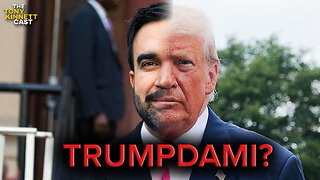Premium Only Content

Breaking News Car Bomb in India
On November 20, 2025, the heart of New Delhi froze in terror. At 9:17 a.m., as tourists streamed toward the majestic Red Fort—a sandstone symbol of India's storied past—a white van detonated in a blinding fireball just outside the Lahore Gate. The blast ripped through morning crowds, hurling bodies like ragdolls, shattering centuries-old walls, and turning the air thick with acrid smoke and screams.
Priya Sharma, a 28-year-old history teacher from Mumbai, had come to show her students the fort's grandeur. She was posing for a photo when the world exploded. Shrapnel tore into her leg; blood pooled beneath her as she crawled toward a wailing child separated from his mother. "Stay with me," she gasped, pressing her scarf against his wounds, her own vision blurring.
Across the chaos, veteran journalist Arjun Mehta live-streamed from the scene, his voice cracking as he described twisted metal and severed limbs. "This is not just an attack on stone," he shouted into his phone, "it's an assault on our soul!"
By noon, the toll was grim: 13 dead, including two foreign tourists, and over 35 injured. The National Investigation Agency swarmed the site, unearthing fragments of a sophisticated IED laced with ball bearings—designed for maximum carnage. Whispers of a banned Islamist outfit surfaced, but no group claimed responsibility yet.
In Patna, far from the carnage, Nitish Kumar was sworn in as Bihar's Chief Minister for a record 10th time, waving to cheering crowds. Yet even there, the Delhi blast dominated conversations, a stark reminder of fragility amid political triumphs.
As evening fell over the smoldering capital, Priya lay in a hospital bed, clutching the hand of the boy she'd saved. Prime Minister Modi vowed justice, flags flew at half-mast, and Delhi's resilient spirit flickered amid the rubble. In a nation no stranger to scars, the Red Fort stood bloodied but unbroken—whispering that history endures, even when terror tries to rewrite it.
-
 1:56
1:56
Ash Variety Channel
9 days agoAsh Variety Mobile App
561 -
 LIVE
LIVE
TimcastIRL
3 hours agoAntifa CONVICTED Of TERRORISM, Fears Of CIVIL WAR Grow | Timcast IRL
9,087 watching -
 LIVE
LIVE
TheSaltyCracker
35 minutes agoIt's Over Zelensky ReeEEStream 11-21-25
8,238 watching -

Glenn Greenwald
3 hours agoIs MAGA Divided? Revisiting the Major Controversies on the Right
25.4K15 -
 LIVE
LIVE
Mally_Mouse
20 hours ago🎮 Let's Play!!: Stardew Valley pt. 33
133 watching -
 33:09
33:09
Exploring With Nug
1 hour agoThey Weren’t Ready for Nightfall on Blood Mountain… So I Helped Them Down
118 -
 LIVE
LIVE
The Daily Signal
2 hours ago🚨BREAKING: Democrat Steals $5 Million from FEMA, Trump-Mamdani Meeting Gets Bizarre
165 watching -
 1:02:11
1:02:11
BonginoReport
4 hours agoJ.D. Vance Threatens to Kill JD Vance?! - Nightly Scroll w/ Hayley Caronia (Ep.183)
79.7K22 -
 3:09:50
3:09:50
Nerdrotic
15 hours ago $9.49 earnedWarner Bros Fire Sale! | Last Ronin CANNED | WICKED For Good REVIEW - Friday Night Tights 381
27.2K8 -
 LIVE
LIVE
Akademiks
1 hour agoMeg Thee Stallion Back LYING again? Offset vs Finesse2x. 6ix9ine house robbed.. HERES WHO DID IT
881 watching